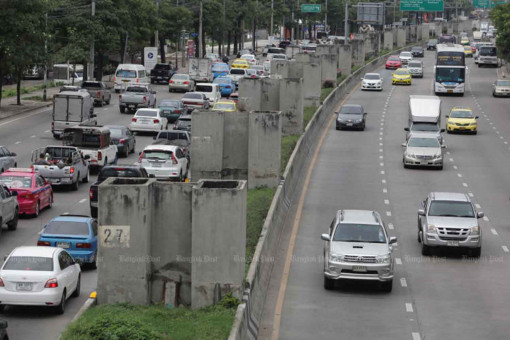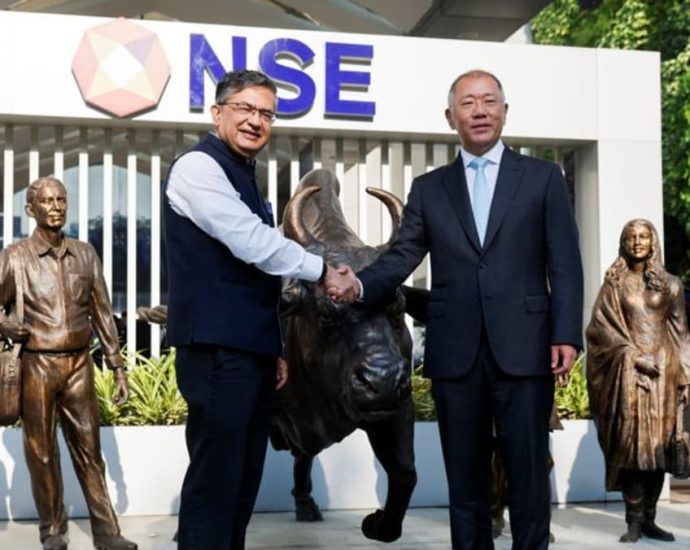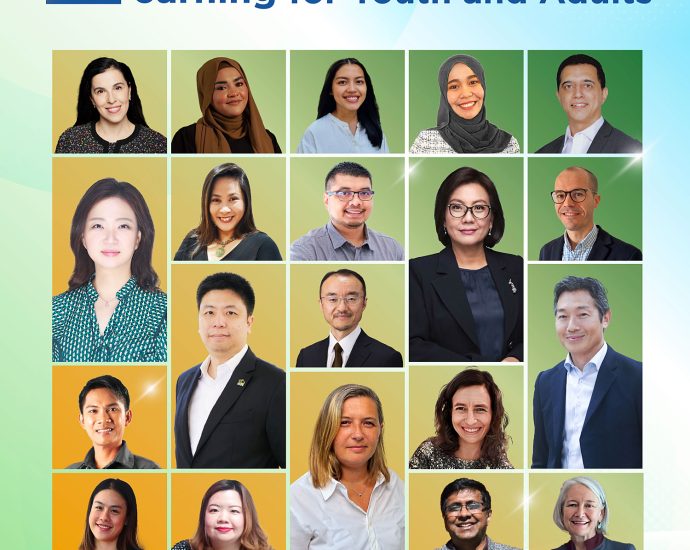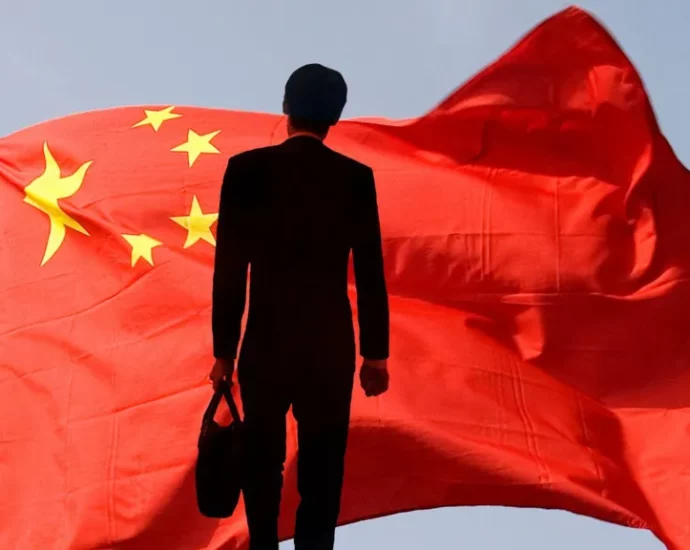Prabowo’s big chance to be a global green leader – Asia Times
Indonesia entered a bold new era with the October 20 inauguration of President Prabowo Subianto.
The leader’s ascent, rooted in a military career as a special forces commander, embodies a deep commitment to national sovereignty. But in a world where threats are as environmental as they are geopolitical, sovereignty must evolve beyond traditional defense.
So will Prabowo’s Indonesia, the world’s fourth-most populous nation and a vital maritime axis, merely drift with the currents of global change or will it seize the helm and steer toward more assertive environmental leadership and sustainable prosperity?
Indonesia’s vast archipelago loses an estimated US$4 billion annually due to illegal, unreported and unregulated (IUU) fishing, accounting for about 17% of global IUU fishing losses. It’s a crisis that depletes marine biodiversity and jeopardizes the livelihoods of over 2.6 million Indonesians in the fisheries sector.
As the nation’s maritime wealth is stolen, impinged on by illegal fishing boats including from China, the impacts are being felt in terms of economic potential and food security.
To reverse this tide, Indonesia must embrace advanced maritime surveillance and stringent enforcement, as demonstrated by Norway’s success in curbing illegal fishing. By adopting cutting-edge technologies like satellite monitoring and automated identification systems, Indonesia can reclaim control over its rich marine territories.
Strengthening legal frameworks and fostering regional cooperation through ASEAN will further amplify these efforts, positioning Indonesia as a guardian of marine resources and reinforcing sovereignty in a tangible way.
Simultaneously, Indonesia’s pursuit of economic growth through industrial downstreaming has transformed its abundant nickel reserves into a booming export industry. In 2015, Indonesia’s nickel exports were valued at only 45 trillion rupiah (US$2.9 billion).
However, following the implementation of downstream processing policies, the figure surged to 520 trillion rupiah ($33 billion) by 2023. This economic boon, however, has caused significant environmental risks.
Energy-intensive smelting processes, primarily powered by coal, contribute substantially to greenhouse gas emissions, undermining both global climate efforts and Indonesia’s own environmental sustainability.
Here, Indonesia faces a pivotal choice: continue on an environmentally unsustainable path or pivot toward a renewable energy revolution. The country has an estimated 400 gigawatts (GW) of technical potential for renewable-based power generation.
Solar alone could contribute half of this potential, while hydropower and geothermal could deliver up to 75 GW and 29 GW, respectively. Yet, renewables currently account for only 13% of the national energy mix.
By investing in renewable infrastructure and incentivizing clean energy integration in industrial processes, Indonesia could emulate China’s successful model of aligning economic growth with environmental stewardship.
To accelerate this transformation, Indonesia must adopt strategic policies such as feed-in tariffs, tax incentives for renewable projects and the gradual phasing out of fossil fuel subsidies.
To his credit, Subianto has said he plans to launch a green economy fund by selling carbon emission credits from projects such as rainforest preservation, aiming to raise $65 billion by 2028, one of his advisors told Reuters last month.
Establishing green industrial zones powered entirely by renewables could not only reduce carbon emissions but also attract global investors committed to sustainable practices. This shift will require confronting entrenched fossil fuel interests and mobilizing public support—a test of leadership that could ultimately define Prabowo’s legacy.
At the heart of this agenda is the imperative to improve the lives of all Indonesians. Sustainable development must be inclusive, ensuring that economic progress does not come at the expense of environmental integrity or social equity.
Engaging local communities in renewable energy projects can create jobs, reduce energy poverty and stimulate rural economies. Community-based initiatives, such as micro-hydropower plants and solar cooperatives, empower citizens and distribute the benefits of growth more equitably, fostering a sense of ownership and shared prosperity.
Indonesia’s strategic position grants it significant influence over regional stability and environmental stewardship. By championing sustainable practices and leading collaborative efforts to address climate change, Prabowo’s administration can elevate Indonesia’s global standing.
The choices made today are critical—not just for Indonesia but for an entire region grappling with the dual challenges of economic development and environmental degradation. Indonesia’s actions could set a precedent for others, amplifying its impact far beyond its borders.
President Prabowo’s inauguration represents more than a change in leadership; it is an opportunity to redefine Indonesia’s role in the 21st century.
By boldly integrating environmental sustainability with economic ambition, Indonesia can demonstrate that prosperity and ecological responsibility are not opposing forces but rather complementary goals.
The path forward will be challenging, but with decisive action and visionary leadership, Indonesia can transform potential into tangible progress. Prabowo has the opportunity to transform Indonesia into a beacon of sustainable development at the heart of Asia. And the time to act is now.
Setyo Budiantoro is a fellow at the IDEAS Global Program, Massachusetts Institute of Technology (MIT), and Nexus Strategist at The Prakarsa.

















